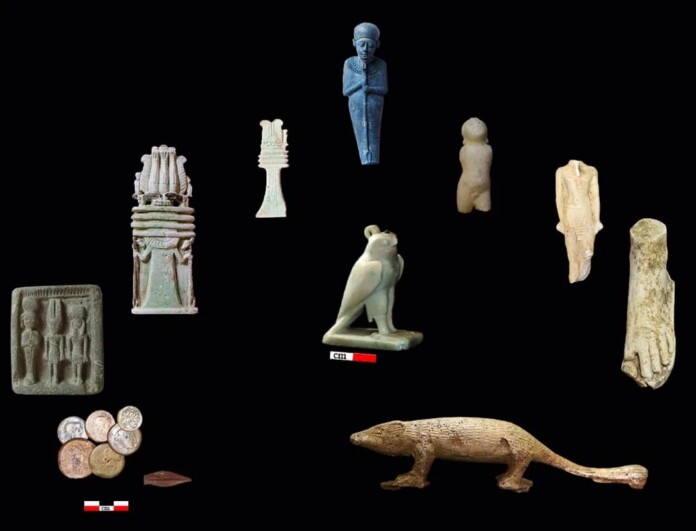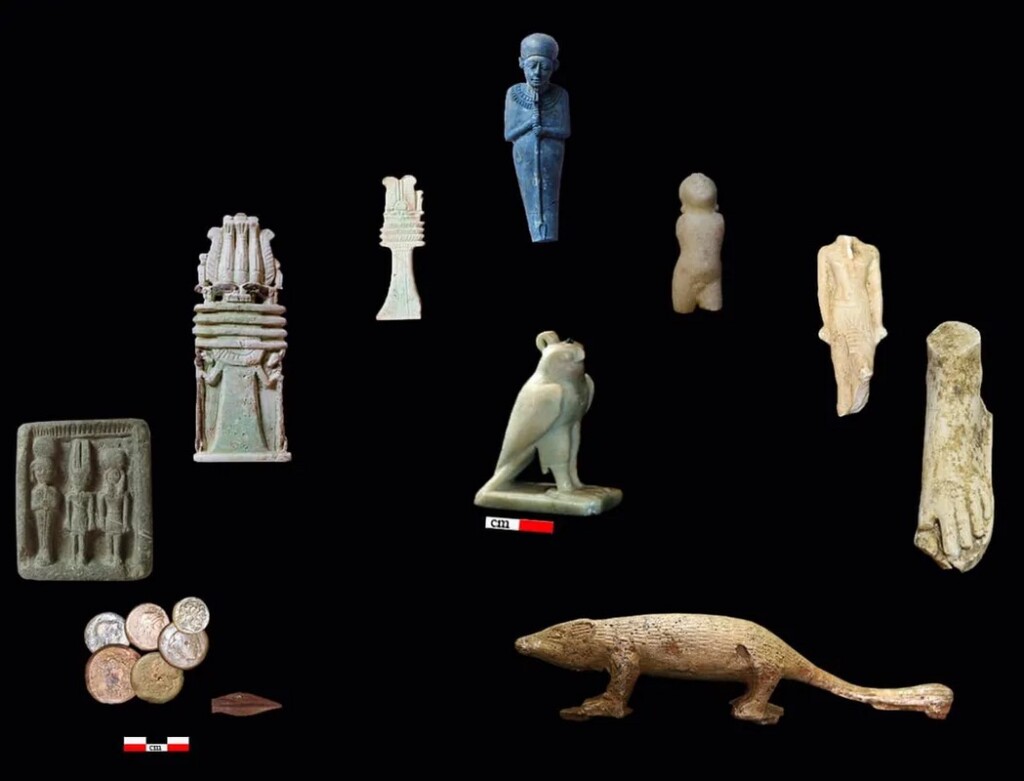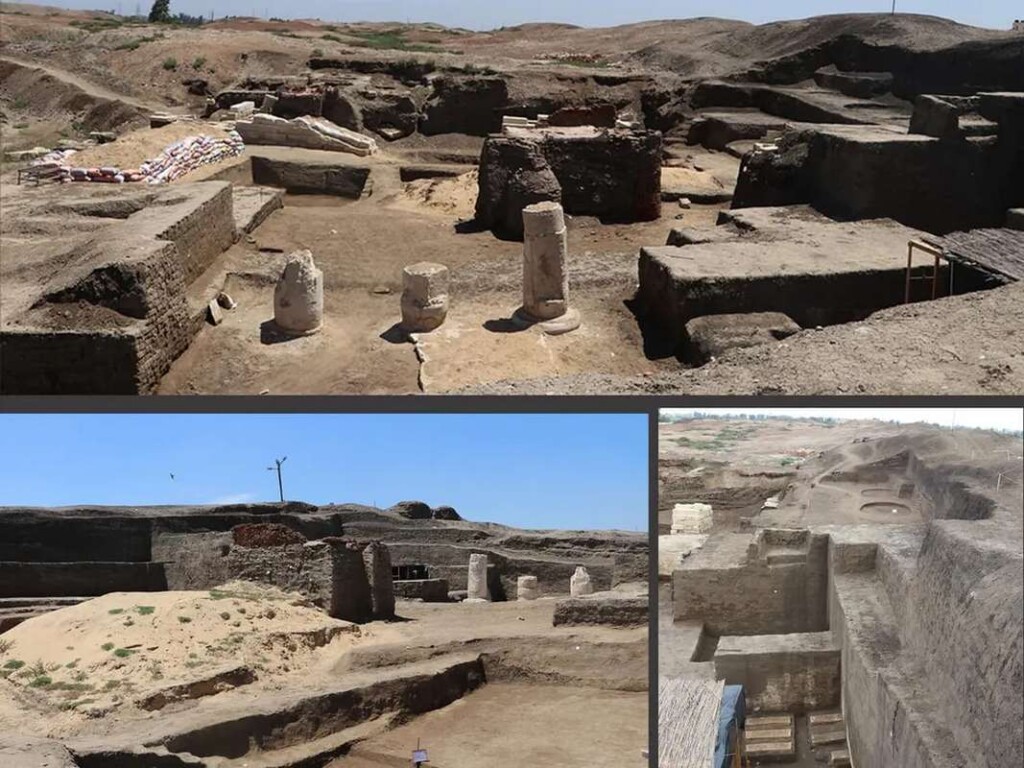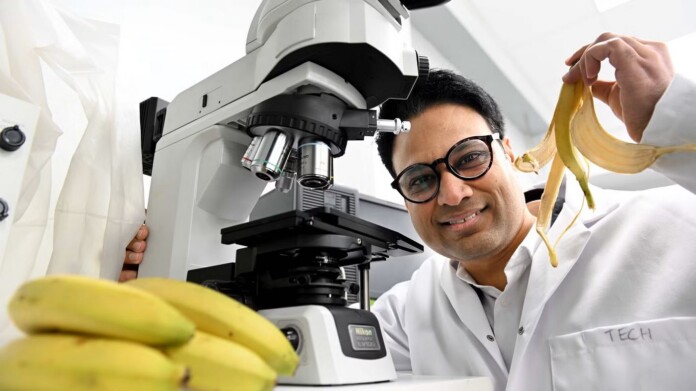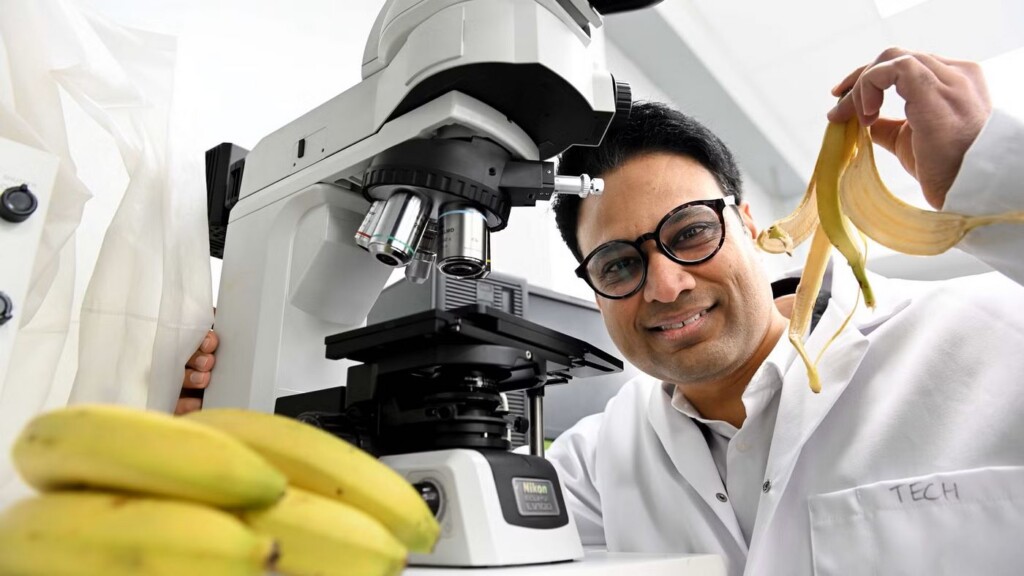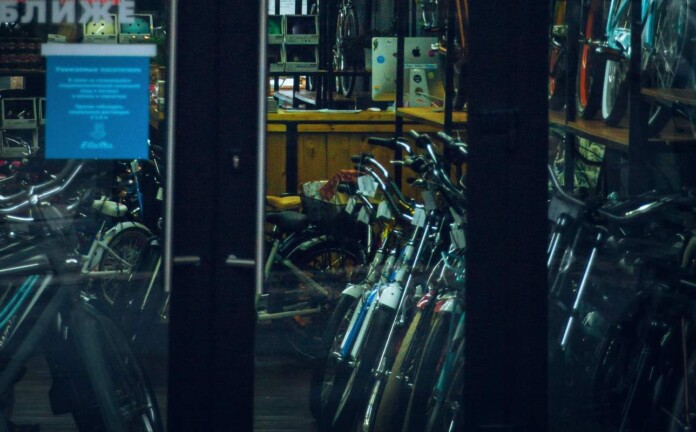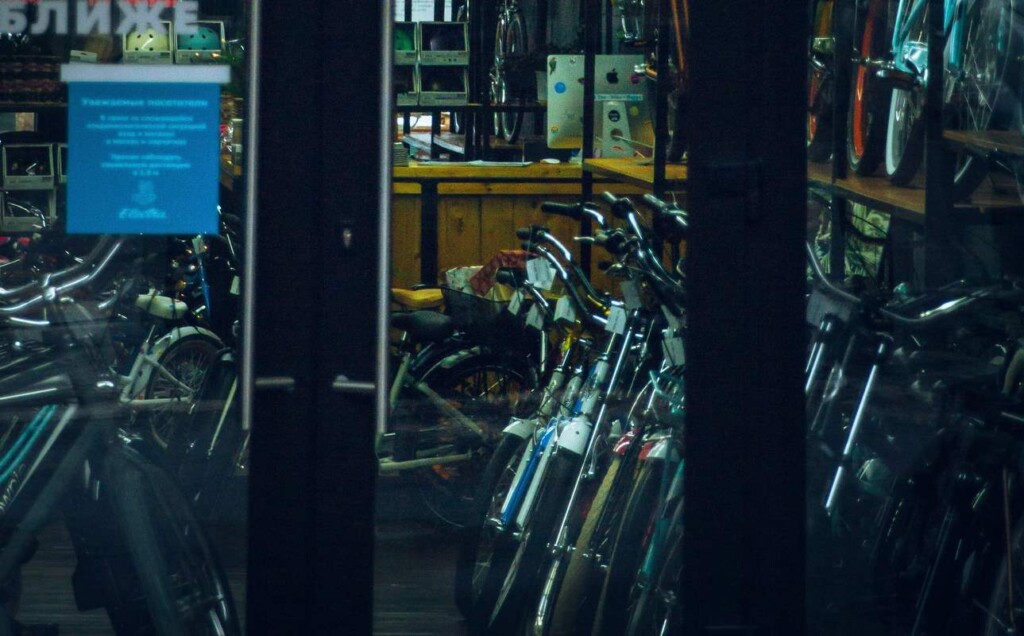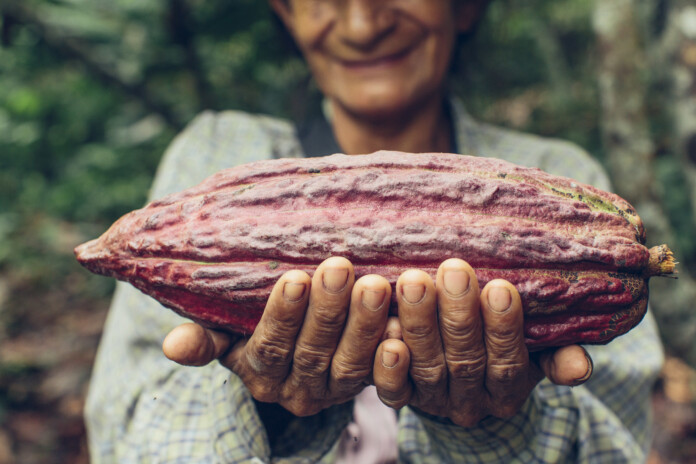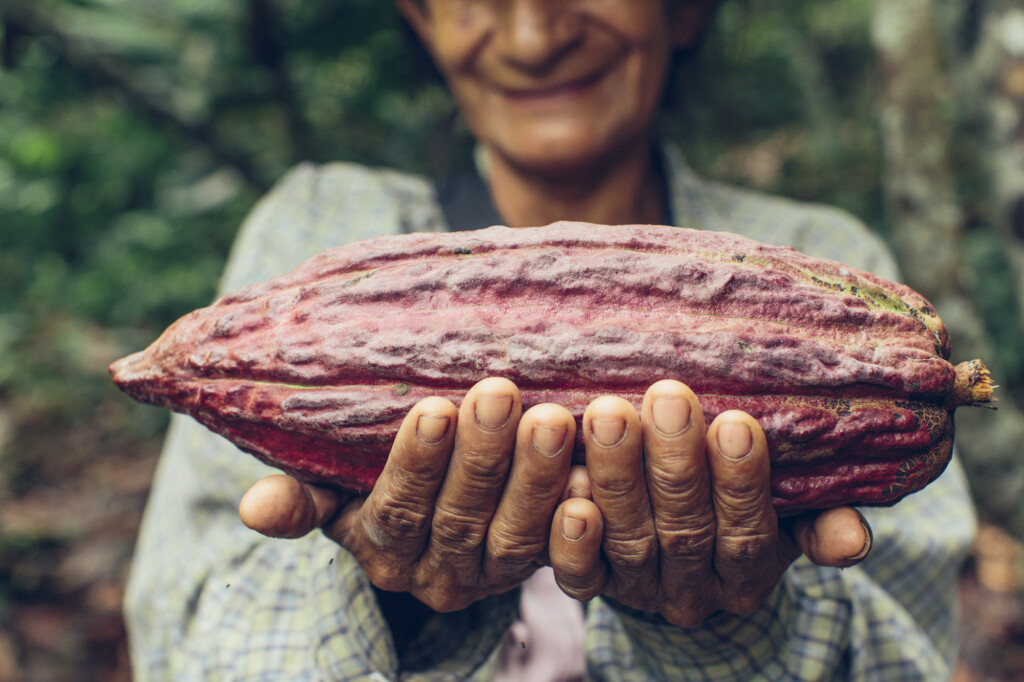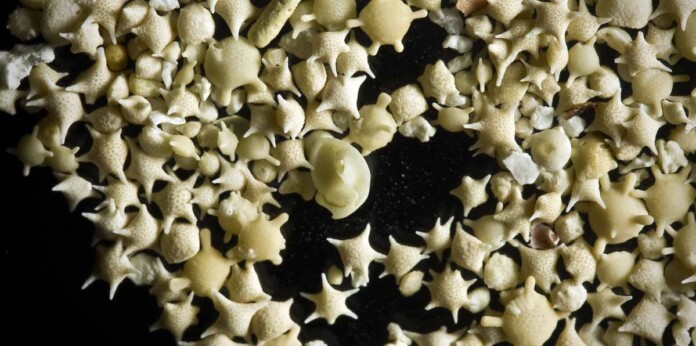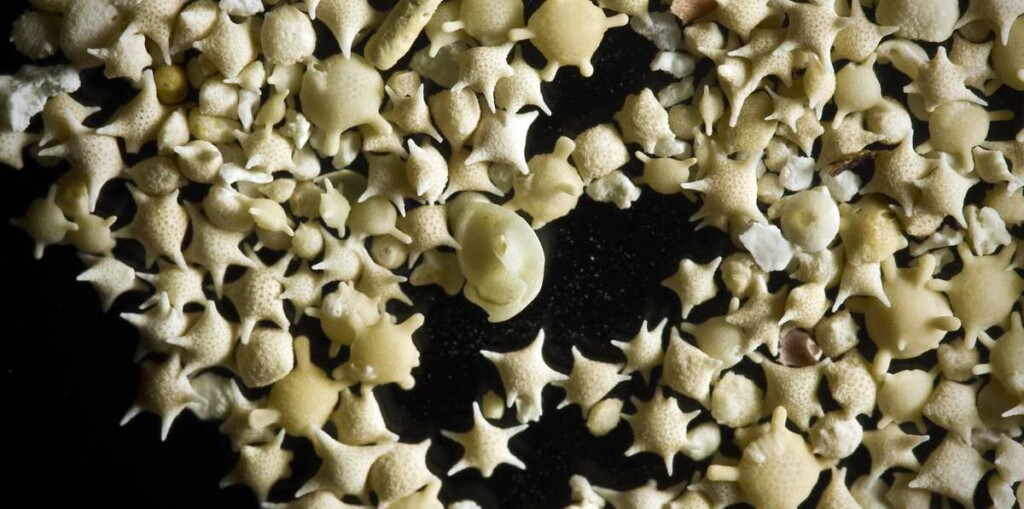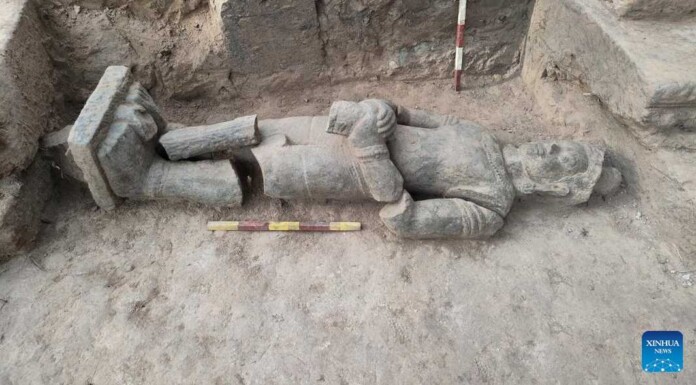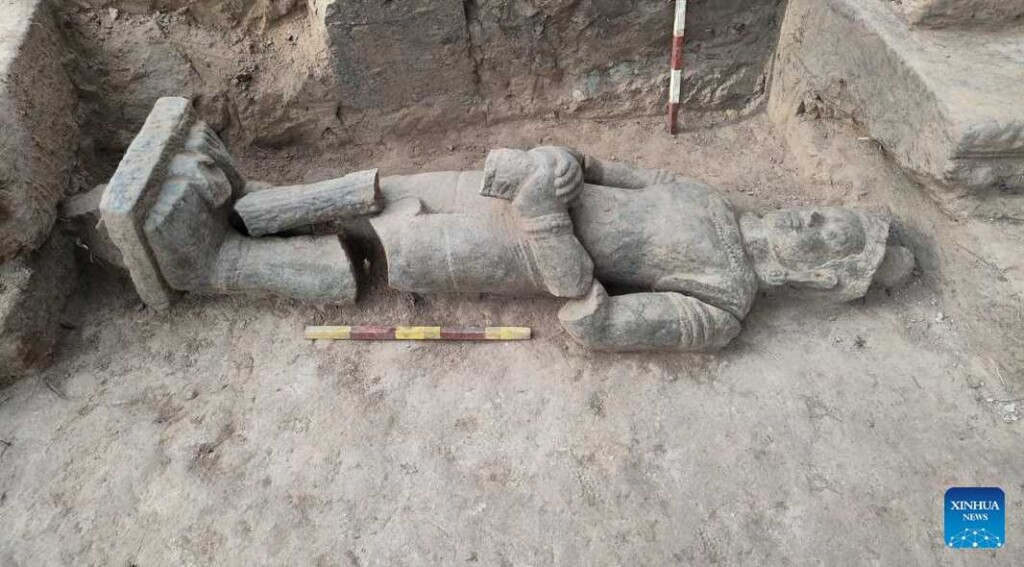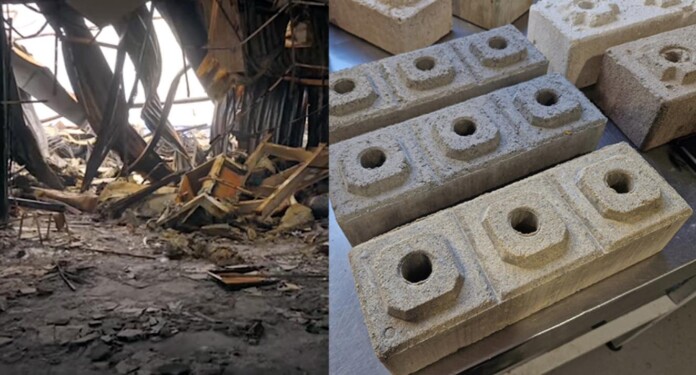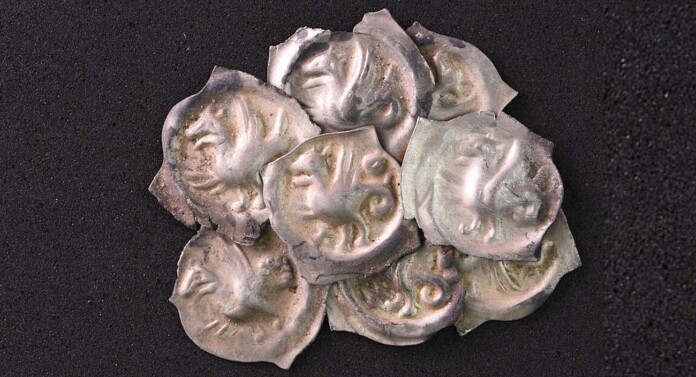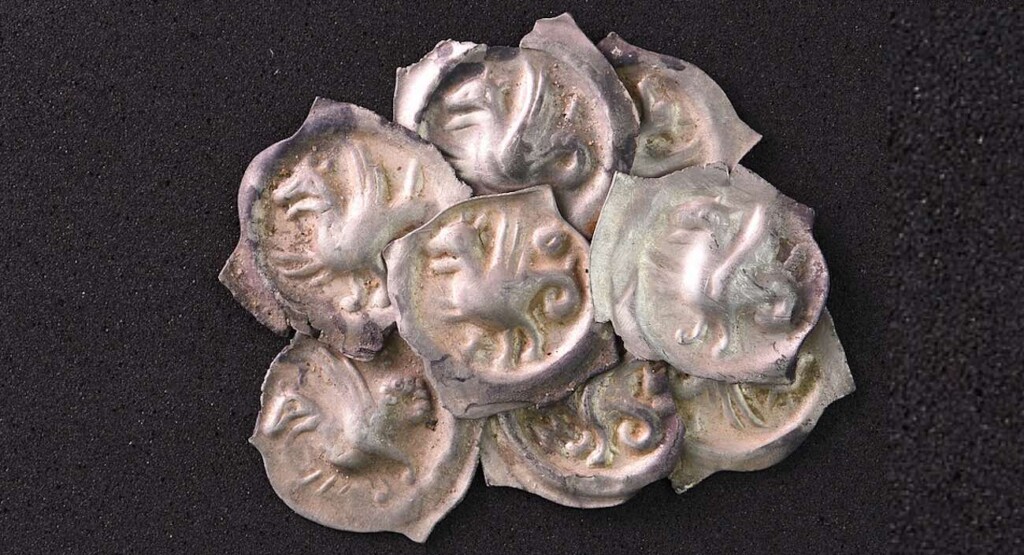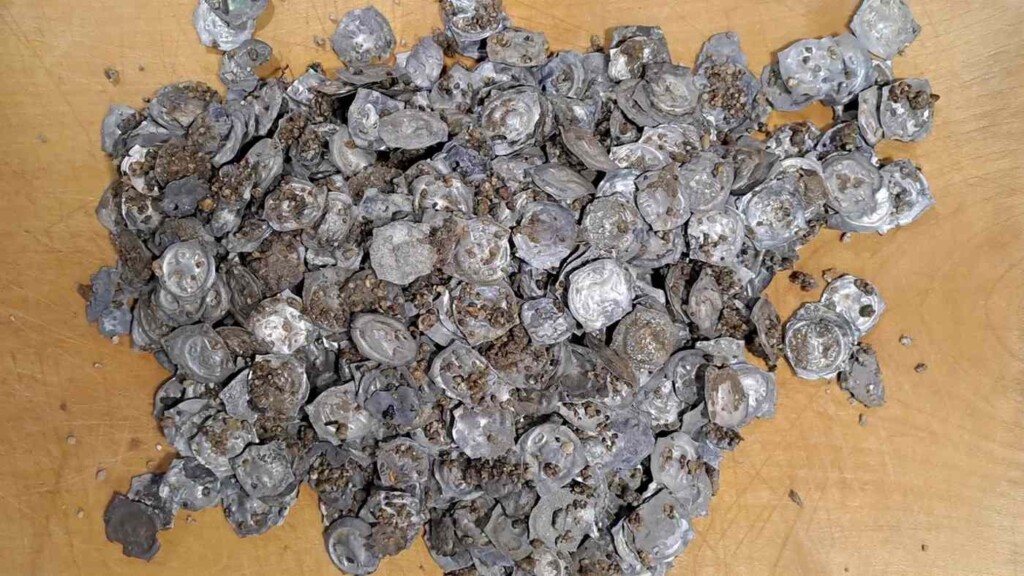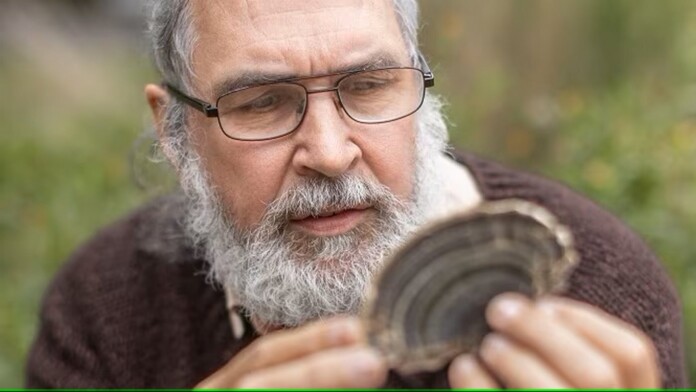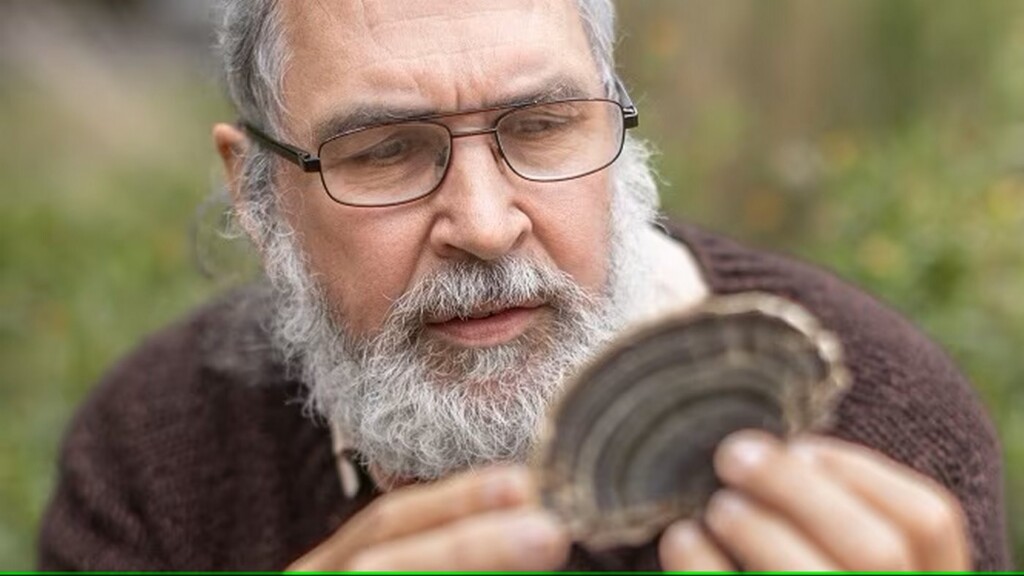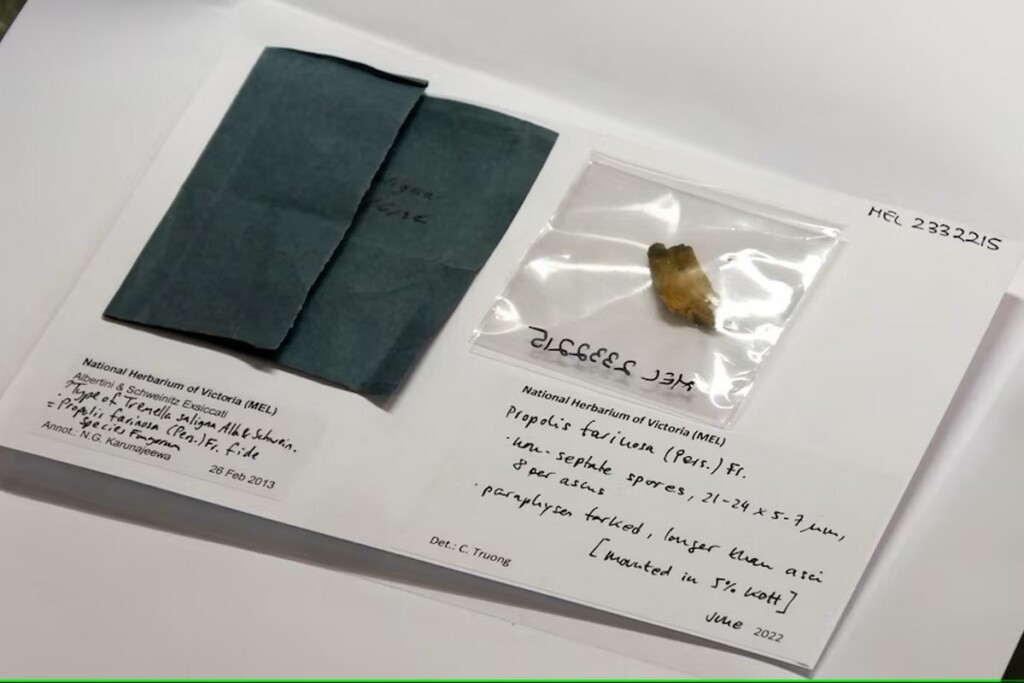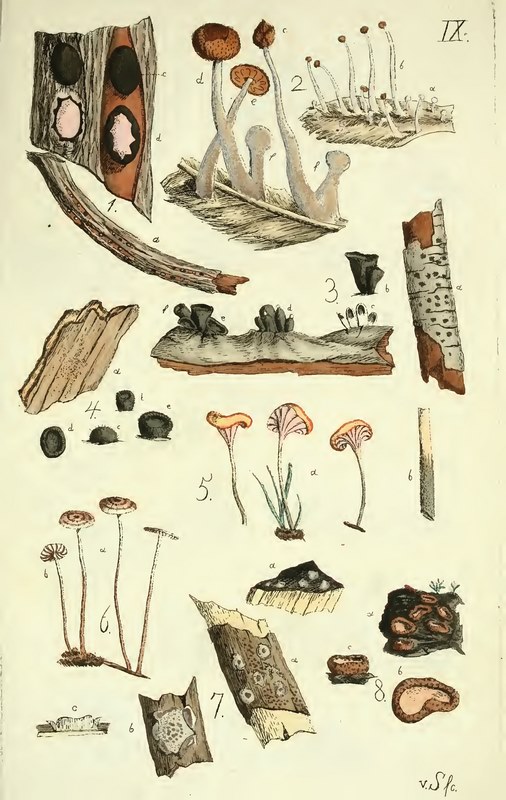
“Promising” antibiotic candidates were found by Finnish scientists in microbes under the seafloor in the Arctic Ocean.
70% of all currently licensed antibiotics have been derived from actinobacteria in the soil, but most environments on Earth have not yet been searched for them.
Scientists say that focusing the search on actinobacteria in other habitats is a good strategy—especially if it were to yield new molecules that neither kill bacteria outright nor stop them from growing, but only reduce their “virulence” or capacity for causing disease.
They explained it’s hard for targeted pathogenic strains to evolve resistance under such conditions, while such anti-virulence compounds are also less likely to cause unwanted side effects.
The rate of discovery of fundamentally new antibiotics has been much slower than in previous decades, and opening research objectives to include antivirulent agents could greatly increase the number of potential candidates available for testing.
“We discovered a compound that inhibits enteropathogenic E. coli (EPEC) virulence without affecting its growth, and a growth-inhibiting compound—both in actinobacteria from the Arctic Ocean,” said Professor Päivi Tammela, of the University of Helsinki.
Tammela and his team were part of the crew onboard Kroprins Haakon, a research vessel that made a trip around the seas off the Norwegian archipelago of Svalbard in 2020. They developed a new suite of methods that can test for the anti-virulence and antibacterial effects of hundreds of unknown compounds simultaneously.
They targeted an EPEC strain that causes severe and sometimes deadly diarrhea in children under five, especially in developing countries. EPEC causes disease by adhering to cells in the human gut.
Once it adheres to those cells, EPEC injects so-called ‘virulence factors’ into the host cell to hijack its molecular machinery, ultimately killing it.
The tested compounds were derived from four species of actinobacteria, isolated from invertebrates sampled in the Arctic Sea off Svalbard.
HOPE FOR A HEALTHIER FUTURE: Scientists Hail New Antibiotic That Can Kill Drug-Resistant Bacteria
The research team found two unknown compounds with strong anti-virulence or antibacterial activity: one from an unknown strain, called T091-5, and another from an unknown strain, dubbed T160-2 found in Kocuria—a genus of gram-positive bacteria.
The compounds showed two complementary types of biological activity, according to the findings published in the journal Frontiers in Microbiology, but T091-5 was the most “promising” strain of the two as it also slowed the growth of EPEC, and was predicted to reduce the likelihood that EPEC would ultimately evolve resistance against its anti-virulence effects.
MORE ANTIBIOTIC DISCOVERIES: Thousands of Sources for New Antibiotics to Fight Superbugs Found Using AI–and Dozens Worked
“The next steps are the optimization of the culture conditions for compound production and the isolation of sufficient amounts of each compound to elucidate their respective structures and further investigate their respective bioactivities,” said Tammela, indicating a long road lies ahead before Arctic antibiotics would behind the counter at Walgreens.
SHARE This Unlikely Place To Look For Antibiotics On Social Media…





















